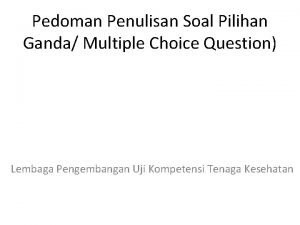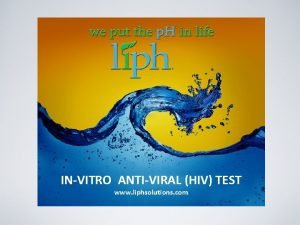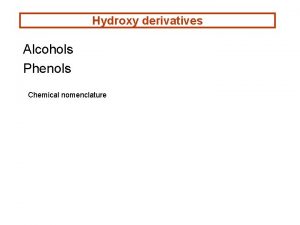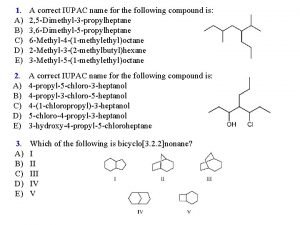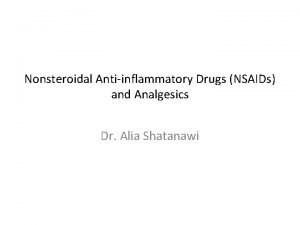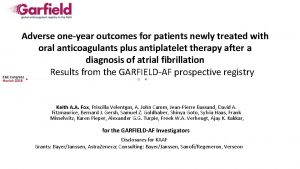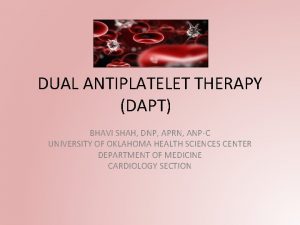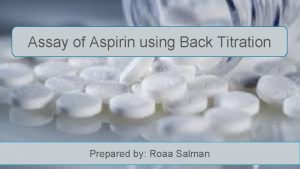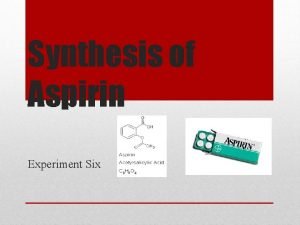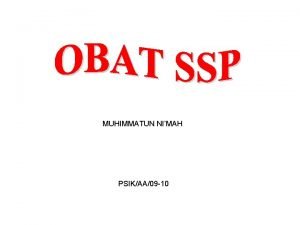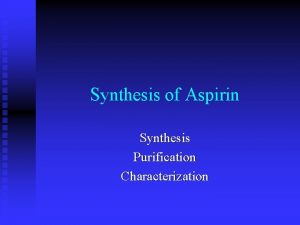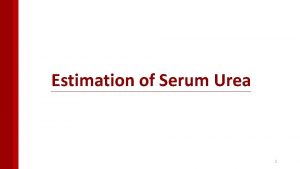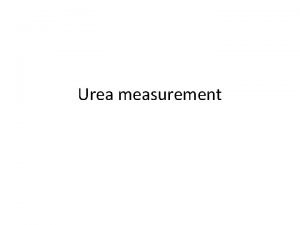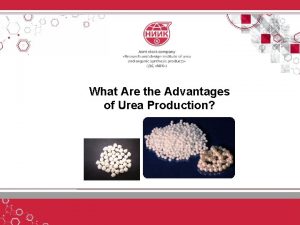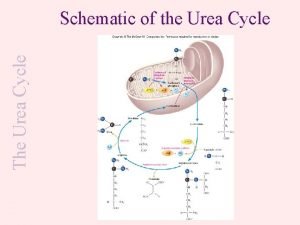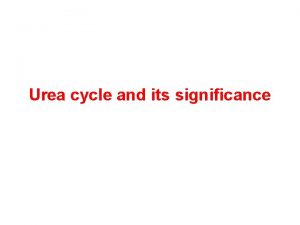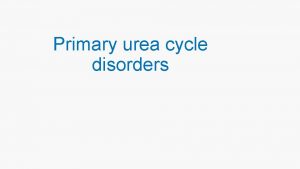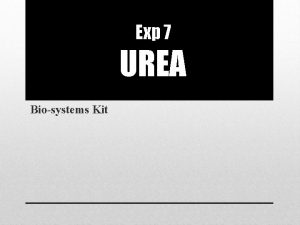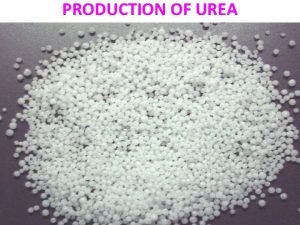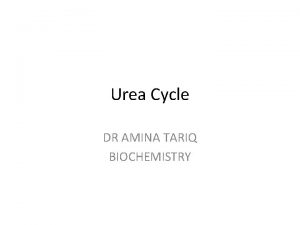yasuj 1394 Treatment option Transfusion Hydroxy urea Aspirin
















- Slides: 16

yasuj 1394



Treatment option? Transfusion Hydroxy urea Aspirin Warfarin and Aspirin yasuj 1394


Complications of thalassemia intermedia Extramedulary hematopoiesis Chronic anemia and heart complications Leg ulcer Iron overload Pulmonary hypertension hypersplenism Thromboembolic event yasuj 1394

pathophisiology Ineffective Chronic anemia and hypoxia Increased yasuj 1394 erythropoiesis iron absorbtion and iron overload

Thalassemia trait and arterial thromboembolic events: a systematic review and a meta-analysis of the literature. Dentali F 1, Romualdi E, Ageno W, Cappellini MD, Mannucci PM CONCLUSIONS: β-Thalassemia trait may act as a protective factor against the development of arterial cardiovascular and cerebrovascular disease in male subjects. Larger prospective studies are necessary to confirm these preliminary findings and to further investigate the mechanisms underlying this protective effect. © 2011 International Society on Thrombosis and Haemostasis. yasuj 1394

Peripheral blood elements • Expression of endothelial adhesion molecules and tissue factor on endothelial cells (ELAM-1, ICAM-1, v. WF, VCAM 1) • Formation of microparticles Platelets • Increased platelet aggregation • Increased expression of activation markers • Presence of platelet morphologic abnormalities Nitric oxide • Hallmark of haemolysis • ↓ levels leading to vasoconstriction Hypercoagulability Other factors • Cardiac dysfunction • Hepatic dysfunction • Endocrine dysfunction RBCs • Formation of reactive oxygen species • Expression of negatively charged phospholipids • Enhanced cohesiveness and aggregability Thrombophilia • No role for prothrombotic mutations • Decreased levels of antithrombin III, protein C, and protein S • Anti-phospholipid antibodies Splenectomy • High platelet counts and hyperactivity • High levels of negatively charged RBCs yasuj 1394 Cappellini MD, et al. Ann N Y Acad Sci 2010; 1202: 231 -6.

Thromb Haemost. 2006 Oct; 96(4): 488 -91. Prevalence of thromboembolic events among 8, 860 patients with thalassaemia major and intermedia in the Mediterranean area and Iran. Taher A 1, Isma'eel H, Mehio G, Bignamini D, Kattamis A, Rachmilewitz EA, Cappellini MD. Author information Abstract Beta-thalassaemia is a congenital haemolytic anaemia characterized by partial (intermedia, TI) or complete (major, TM) deficiency in the production of beta-globin chains. The primary aim of this study was to determine the prevalence of thromboembolic events in patients with beta-thalassaemia. To achieve this, a multiple choice questionnaire was sent to 56 tertiary referral centres in eight countries (Lebanon, Italy, Israel, Greece, Egypt, Jordan, Saudi Arabia and Iran), requesting specific information on patients who had experienced a thromboembolic event. The study demonstrated that thromboembolic events occurred in a clinically relevant proportion (1. 65%) of 8, 860 thalassaemia patients (TI - 24. 7% or TM - 75. 3%) from the Mediterranean and Iran. Thromboembolism occurred 4. 38 times more frequently in TI than TM (p < 0. 001), with more venous events occurring in TI and more arterial events occurring in TM. Thrombosis in thalassaemia was also more common in females, splenectomized patients and those with profound anaemia (haemoglobin <9 g/dl). Due to the increased risk of thromboembolic events, the rationale for splenectomy should perhaps be re-assessed and the roleyasujof 1394 transfusion therapy for the prophylaxis of thrombosis, among other complications, be evaluated prospectively

yasuj 1394

Thromboembolic events Patients (N = 8, 860) 6, 670 with TM 2, 190 with TI 146 (1. 65%) thrombotic events 61 (0. 9%) with TM 85 (3. 9%) with TI Type of event Risk factors for developing thrombosis in TI were age (> 20 years) previous thrombotic event family history splenectomy Thromboembolic events (%) yasuj 1394 DVT = deep vein thrombosis; PE = pulmonary embolism; PVT = portal vein thrombosis; STP = superficial thrombophlebitis. Taher A, et al. Thromb Haemost. 2006; 96: 488 -91.

Risk factors for thrombosis in β-TI Iron chelation Hydroxyurea Transfusion Splenectomy SF ≥ 1, 000 μg/L Hb ≥ 9 g/d. L Female Age > 35 years yasuj 1394 1 Musallam KM, Taher AT. Hemoglobin 2011; 35: 503– 510 Splenectomy, age above 35 years, and a serum ferritin level >1000 μg/L are associated with a higher risk for thrombosis 1

The OPTIMAL CARE study splenectomized patients Complication Parameter EMH Pulmonary hypertension Heart failure Thrombosis Cholelithiasis yasuj 1394 Abnormal liver function RR 95% CI p value Splenectomy Transfusion Hydroxyurea Age > 35 years Splenectomy Transfusion Hydroxyurea Iron chelation Transfusion Age > 35 years Hb ≥ 9 g/d. L Serum ferritin ≥ 1, 000 µg/L 0. 44 0. 06 0. 52 2. 59 4. 11 0. 33 0. 42 0. 53 0. 06 2. 60 0. 41 1. 86 0. 26– 0. 73 0. 03– 0. 09 0. 30– 0. 91 1. 08– 6. 19 1. 99– 8. 47 0. 18– 0. 58 0. 20– 0. 90 0. 29– 0. 95 0. 02– 0. 17 1. 39– 4. 87 0. 23– 0. 71 1. 09– 3. 16 0. 001 < 0. 001 0. 022 0. 032 < 0. 001 0. 025 0. 032 < 0. 001 0. 003 0. 001 0. 023 Splenectomy Transfusion Age > 35 years Female Splenectomy Transfusion Iron chelation Serum ferritin ≥ 1, 000 6. 59 0. 28 2. 76 1. 96 5. 19 0. 36 0. 30 1. 74 3. 09– 14. 05 0. 16– 0. 48 1. 56– 4. 87 1. 18– 3. 25 2. 72– 9. 90 0. 21– 0. 62 0. 18– 0. 51 1. 00– 3. 02 < 0. 001 0. 010 < 0. 001 0. 049 Taher AT, Musallam KM, Karimi M, et al. Blood. 2010; 115: 1886 -92.

The role of prevention Blood transfusion Iron chelation therapy Fetal Hb inducer(hydroxyurea) Anticoagulant or antiplatelet therapy Delay splenectomy yasuj 1394

 What is options
What is options Konvergensi option adalah
Konvergensi option adalah Alka hydroxy
Alka hydroxy Urushiol is a hydroxy derivative of phenol.
Urushiol is a hydroxy derivative of phenol. 1-hydroxy-3-sec-butylcyclopentane
1-hydroxy-3-sec-butylcyclopentane Mater
Mater What organism was aspirin originally extracted from
What organism was aspirin originally extracted from Mechanisms of action of aspirin
Mechanisms of action of aspirin Mechanism of action of aspirin
Mechanism of action of aspirin Frank misselwitz
Frank misselwitz Jenis pulvis
Jenis pulvis Aspirin half-life
Aspirin half-life Aspirin back titration
Aspirin back titration Spinning jenny definition
Spinning jenny definition Identification of aspirin
Identification of aspirin Nebumet
Nebumet Synthesis and characterization of aspirin
Synthesis and characterization of aspirin

